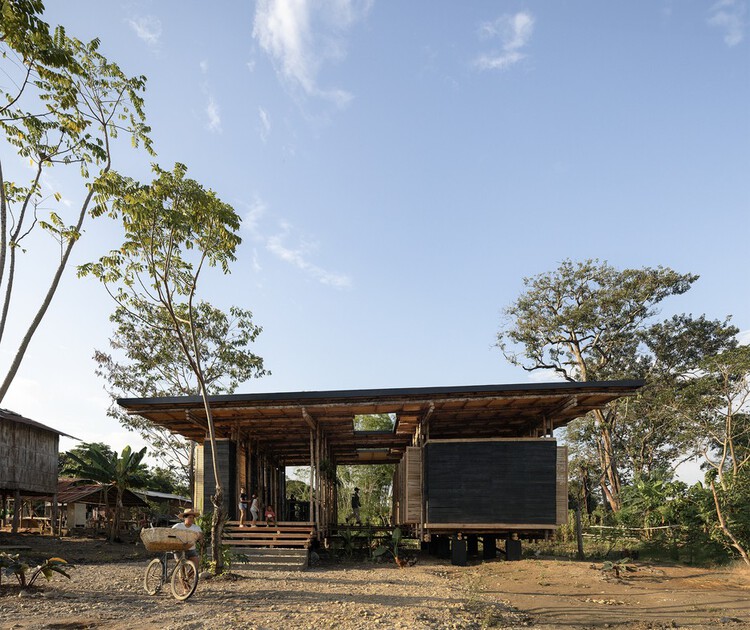 Centro de Desenvolvimento e Produção Rural La Panificadora / Natura Futura © JAG Studio
Centro de Desenvolvimento e Produção Rural La Panificadora / Natura Futura © JAG Studio
Share
Or
https://www.archdaily.com/1032047/from-extraction-to-regeneration-architectures-role-in-rural-developments-in-latin-america
Rural areas have long played a foundational role in the social and economic development of nations. Until the 18th century, they were the primary sites of production and social organization. However, the Industrial Revolution brought profound structural shifts that reshaped this landscape. Industry took center stage, anchoring itself in urban environments and establishing a hierarchical, binary view of rural versus urban, agriculture versus industry. Within this new paradigm, two opposing narratives gained prominence: one predicted the decline of rural life in the face of urbanization and economic progress; the other envisioned its persistence and eventual renewal. Today, it is clear which of these predictions has come to pass.
More than a revival, what scholars now identify is the emergence of a new rurality — a concept that gained momentum particularly from the early 2000s, when rural issues began to feature more prominently on international agendas, tied to themes such as sustainability, resilience, and quality of life. This shift calls for new frameworks and methodologies — ones that move beyond viewing the rural as merely an alternative or leftover of the urban, and instead seek to empower and connect rural communities through ways of living rooted in their own values and beliefs. It is within this evolving context that architecture begins to play a pivotal role.
Across Latin America, about 20% of the population lives in rural areas. In countries like Bolivia, Ecuador, and Panama, that proportion approaches one-third. In Brazil — the region’s largest country — approximately 25.6 million people live in the countryside. Brazil, according to researchers, is now undergoing a third generation of public policies aimed at family farming — a development mirrored in many Latin American countries and one that highlights the architectural challenges emerging in these regions. The first policy wave focused on agrarian reform and agricultural development; the second, on social and welfare programs; and the third, now underway, aims to create new markets grounded in food security and environmental sustainability.
Related Article Santiago Pradilla: “Most of What I Learned in University Doesn’t Apply to Rural Housing Design”
These evolving dynamics underscore the urgency of better understanding the directions and potential of rural territories, their people, and their deep connection to the natural world. In this complex terrain, a growing realization has taken hold: rural spaces carry a decisive weight in shaping the planet’s future. Not only because of their environmental and ecological importance, but also due to their potential as laboratories for innovation. Back in 2016, Rem Koolhaas had already drawn attention to the need to redirect our gaze toward rural environments and to develop “methodologies for a landscape we will sooner or later have to embrace” — with “embrace” meaning not external imposition, but guiding sustainable development from within, grounded in local knowledge and genuine community empowerment.
In this historic paradigm shift — from unchecked resource extraction to regenerative practices — architecture aligns with sustainability through a systems-based approach, integrating health and resilience across multiple scales. This transformation calls for tools that can support the design and implementation of new flows and processes. Among them, regenerative design stands out. Its goal is to rebuild local ecosystems in a healthy way, emphasizing active community involvement and fostering cultures capable of continuous learning and transformation — both in response to and in anticipation of inevitable change.
On the ground, several projects exemplify this approach — one of the most notable being the Rural Campus of the Universidad del Medio Ambiente in Acatitlán, Mexico. Designed to spark a process of local regeneration, the campus strengthens communities across the region. It is adapted to local conditions, self-sufficient in energy and water, supports food production on-site, and uses low-impact materials — such as timber and earth — to reduce its ecological footprint. Yet its significance goes beyond architectural decisions: it positions itself as a center for rural knowledge and education, contributing to a broader shift in mindset. It is no surprise that the project was recognized by the Holcim Foundation.
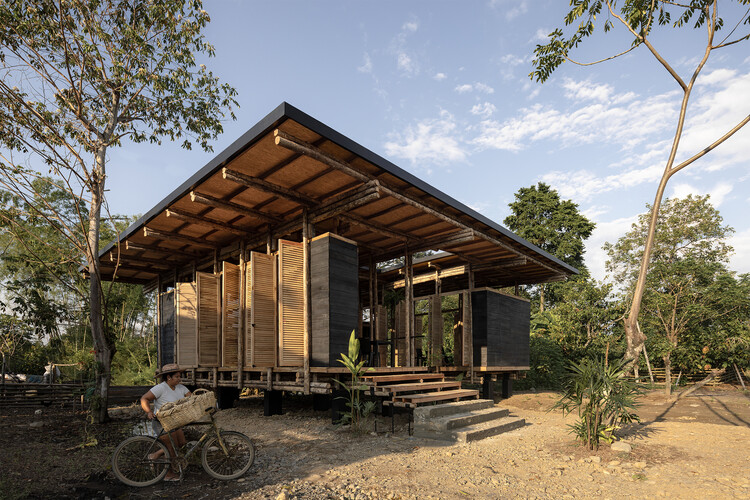 Centro de Desenvolvimento e Produção Rural La Panificadora / Natura Futura © JAG Studio
Centro de Desenvolvimento e Produção Rural La Panificadora / Natura Futura © JAG Studio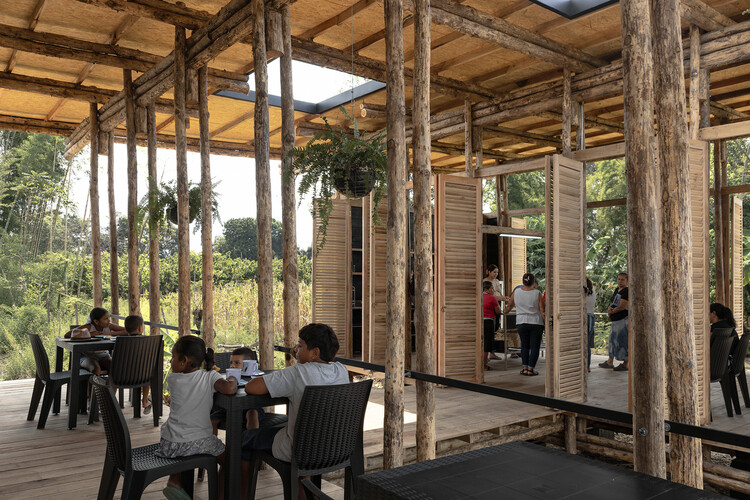 Centro de Desenvolvimento e Produção Rural La Panificadora / Natura Futura © JAG Studio
Centro de Desenvolvimento e Produção Rural La Panificadora / Natura Futura © JAG Studio
Emphasizing the value of knowledge — and the practices and projects that disseminate it — is essential to empowering rural communities and nurturing this new rurality from within. In this spirit, one exemplary initiative is the First Productive Rural School built in Tepetzintla, Mexico. Constructed with locally sourced materials such as stone and bamboo — donated by the families — the school offers educational spaces tailored to the region’s specific cultural, social, environmental, and economic context. Beyond its physical form, the project demonstrates how mutual support and collective effort can achieve meaningful goals for the autonomous development of rural communities.
Another notable example is the La Panificadora Rural Development and Production Center, located in Babahoyo, Ecuador. This space was created to support the popular economy, reinforce local knowledge, and build educational networks. It aims to stimulate local value chains through bread production — a dietary staple in Ecuador. The wooden modules are built on raised platforms in response to the flood-prone conditions of the country’s coastal region. A central courtyard connects the modules via a bridge, drawing inspiration from traditional passive systems used in coastal communities throughout Ecuador.
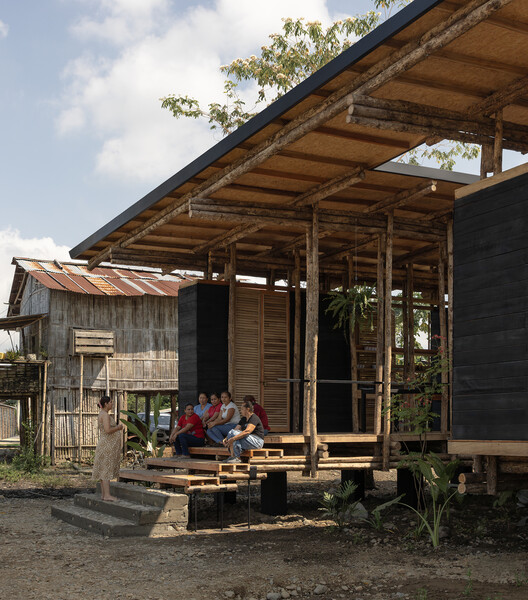 Centro de Desenvolvimento e Produção Rural La Panificadora / Natura Futura © JAG Studio
Centro de Desenvolvimento e Produção Rural La Panificadora / Natura Futura © JAG Studio
Together, these projects — small in scale but significant in impact — are shaping a broader, complex rural renaissance across Latin America. They bring regenerative design to life, not simply as a strategy for minimizing harm, but as a profound commitment to the belief that architecture can — and must — be a vital force: one that restores, renews, and revitalizes. This principle, deeply aligned with nature itself, challenges us to rethink how we inhabit the world, calling for a way of living in which we give back far more than we take
This article is part of the ArchDaily Topics: Regenerative Design & Rural Ecologies. Every month we explore a topic in-depth through articles, interviews, news, and architecture projects. We invite you to learn more about our ArchDaily Topics. And, as always, at ArchDaily we welcome the contributions of our readers; if you want to submit an article or project, contact us.

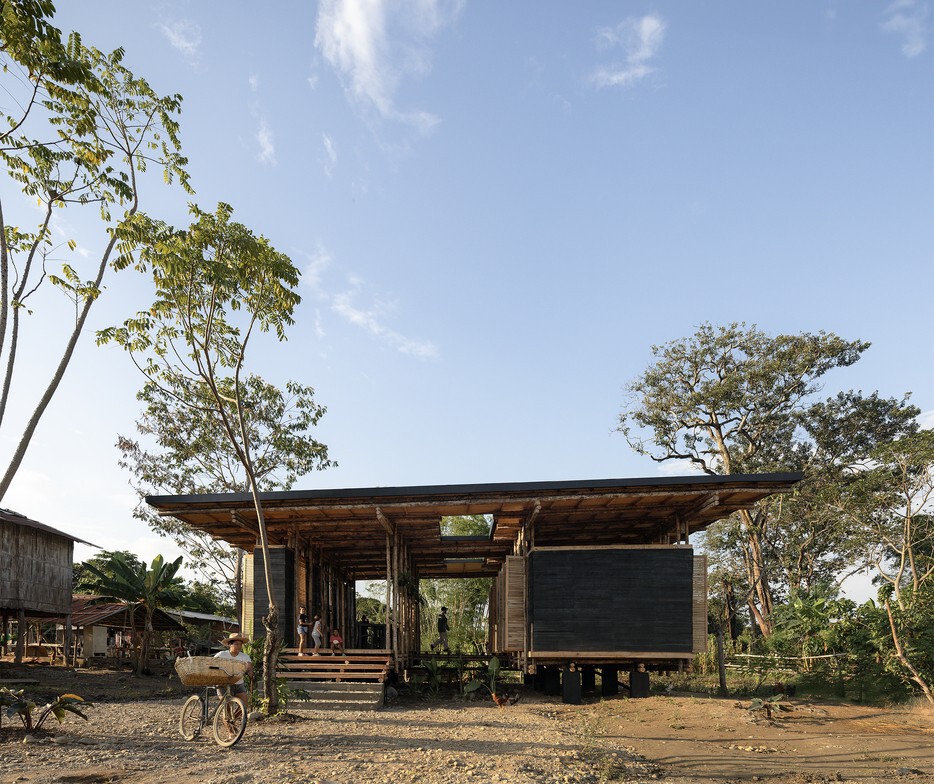
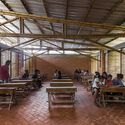
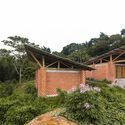
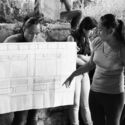
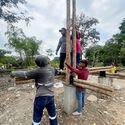
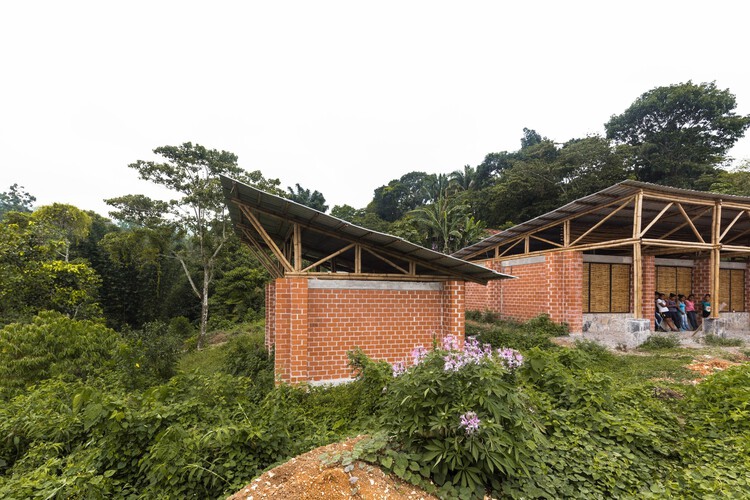 Primeira Escola Rural Produtiva / Bachillerato Rural Digital No.186 + Comunal Taller de Arquitectura © Onnis Luque
Primeira Escola Rural Produtiva / Bachillerato Rural Digital No.186 + Comunal Taller de Arquitectura © Onnis Luque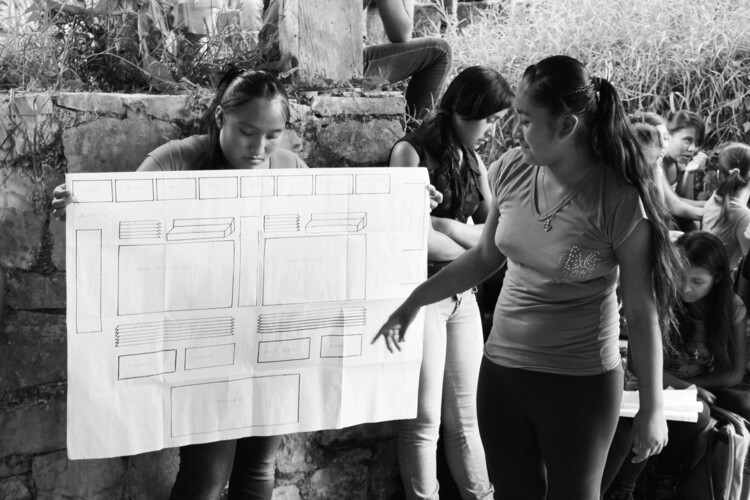 Primeira Escola Rural Produtiva / Bachillerato Rural Digital No.186 + Comunal Taller de Arquitectura. Cortesia de Comunal
Primeira Escola Rural Produtiva / Bachillerato Rural Digital No.186 + Comunal Taller de Arquitectura. Cortesia de Comunal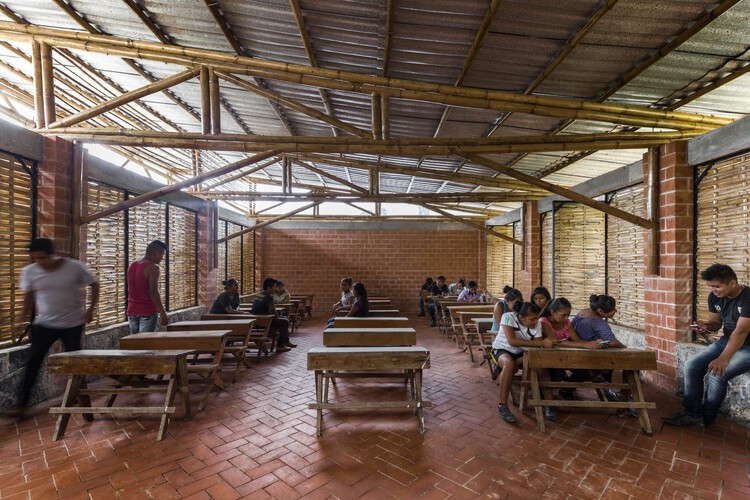 Primeira Escola Rural Produtiva / Bachillerato Rural Digital No.186 + Comunal Taller de Arquitectura © Onnis Luque
Primeira Escola Rural Produtiva / Bachillerato Rural Digital No.186 + Comunal Taller de Arquitectura © Onnis Luque